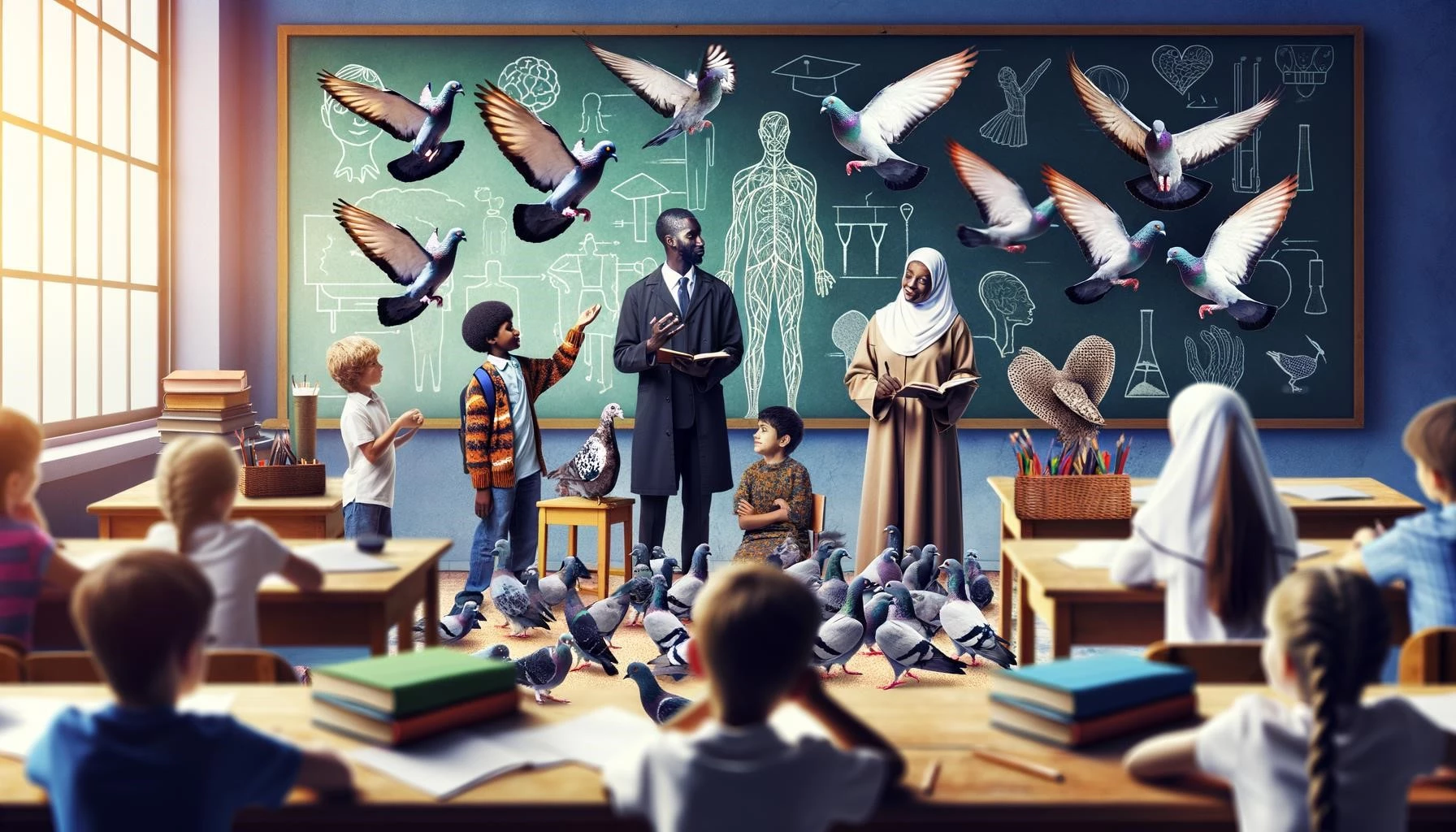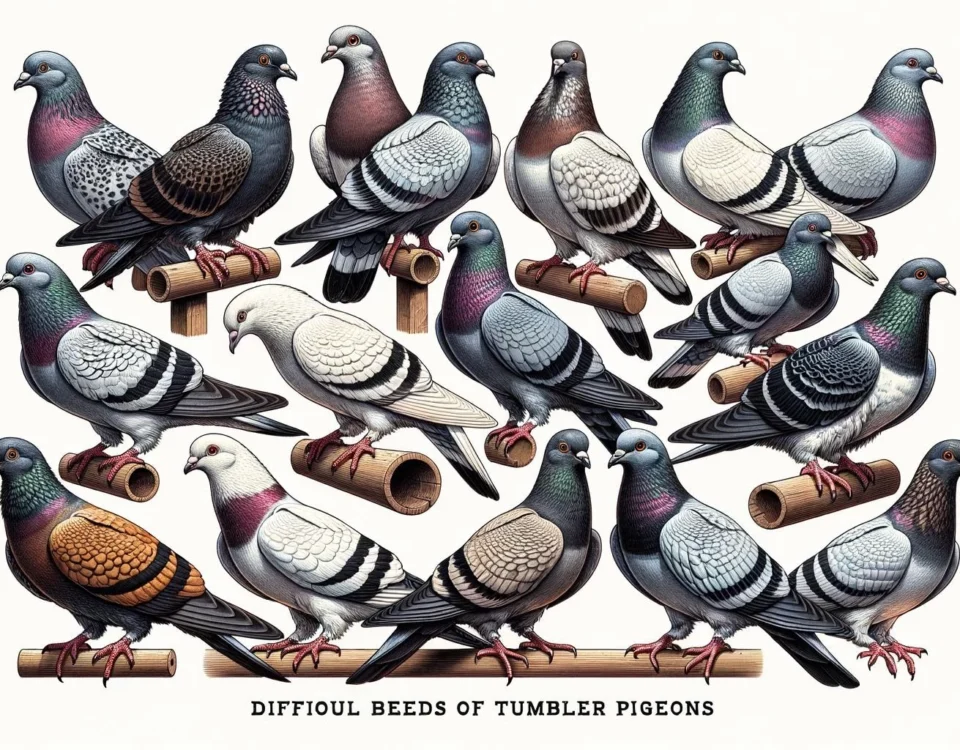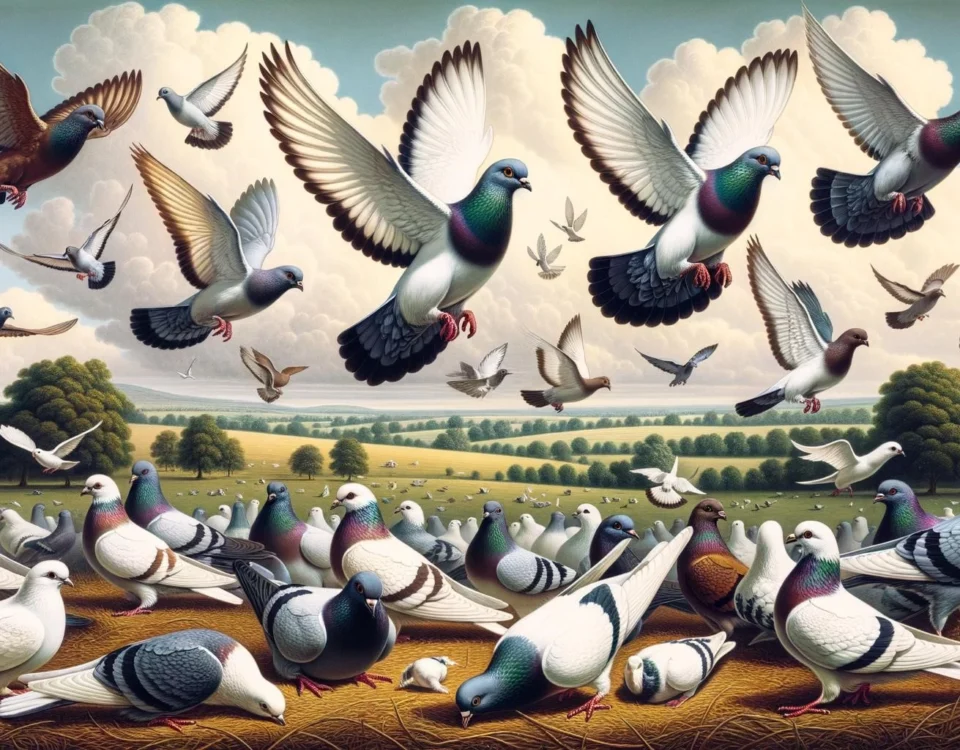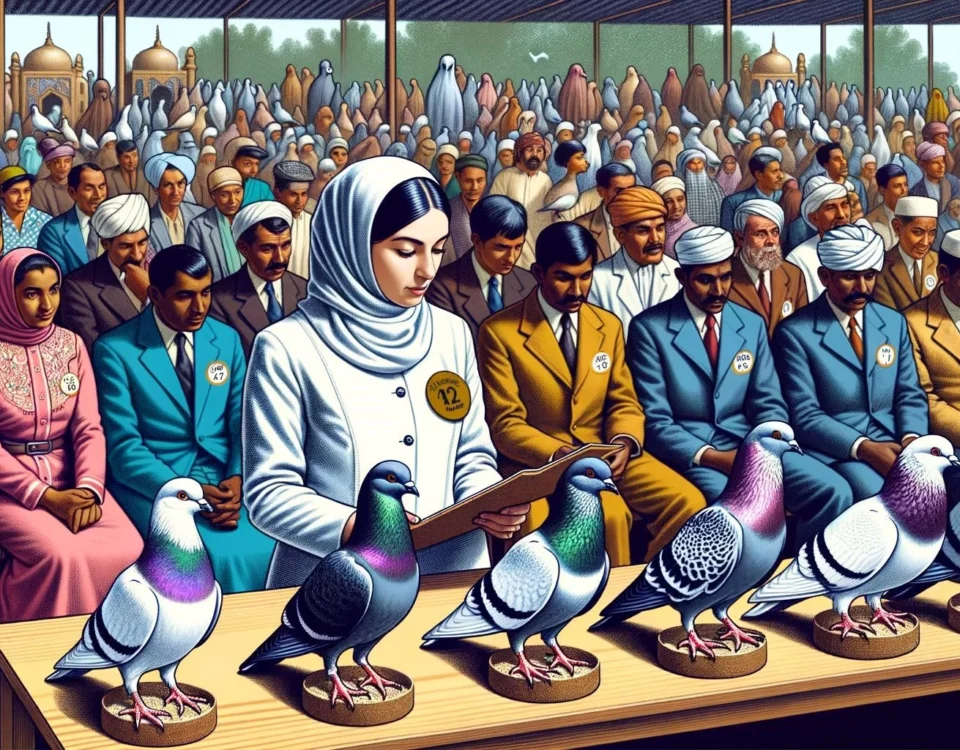When we think of tumbler pigeons, we often associate them with their unique flying behaviors and acrobatics. These pigeons have been bred for centuries to perform aerial somersaults and rolls, captivating audiences with their stunning displays. However, beyond their entertainment value, tumbler pigeons also have an important role to play in education. In this article, we will explore the connection between tumbler pigeons and education, highlighting the benefits they bring to teaching and learning.
Key Takeaways
- Tumbler pigeons are a breed of domesticated pigeons that have been selectively bred for their ability to perform aerial somersaults and rolls.
- These pigeons have a long history and are recognized for their unique flying behaviors.
- Tumbler pigeons can serve as a valuable educational tool, teaching students about animal behavior, genetics, and the importance of responsible breeding.
- They can also enhance students’ observational skills, critical thinking, and problem-solving abilities.
- By working with tumbler pigeons, students can develop a deeper understanding of biology, ecology, and animal welfare.
Tumbler pigeons can serve as an excellent educational tool in various academic settings. They offer unique opportunities for students to learn about animal behavior, genetics, and the ethical considerations of selective breeding. By working with these pigeons, students can acquire practical skills and knowledge that extend beyond the classroom.
One of the key aspects of using tumbler pigeons in education is their ability to engage students in hands-on learning experiences. Students can observe their behaviors, such as tumbling and rolling, and develop a deeper understanding of how these traits are inherited through breeding. This hands-on approach can foster a sense of curiosity and excitement, making the learning process more enjoyable and impactful.
Tumbler pigeons also provide an opportunity for students to develop their observational skills. By closely observing these birds, students can learn to identify specific characteristics, such as the shape of their beaks, the color patterns of their feathers, and the way their bodies move during flight. This attention to detail can enhance students’ ability to make careful observations and draw meaningful conclusions, which are valuable skills in scientific inquiry.
Furthermore, working with tumbler pigeons can foster critical thinking and problem-solving abilities. Students may encounter various challenges when breeding and caring for these birds, such as creating suitable environments, managing breeding programs, and maintaining the health and well-being of the pigeons. These challenges require critical thinking skills and the ability to analyze and evaluate different strategies, promoting the development of problem-solving abilities.
By studying tumbler pigeons, students can also gain a broader understanding of biology, ecology, and animal welfare. They can explore concepts such as natural selection, adaptation, and the impacts of selective breeding on the health and welfare of animals. Tumbler pigeons serve as a tangible example of how human actions can influence the genetics and behaviors of animals, highlighting the importance of responsible breeding practices and animal welfare standards.
The Benefits of Incorporating Tumbler Pigeons into Education
There are several benefits to incorporating tumbler pigeons into educational programs:
- Engaging and Motivating: Tumbler pigeons capture students’ attention and interest, making the learning process more engaging and motivating.
- Hands-on Learning: Working with tumbler pigeons provides students with practical, hands-on experiences that enhance their understanding of biological concepts.
- Observational Skills: By observing and studying tumbler pigeons, students develop keen observational skills and learn to pay attention to detail.
- Critical Thinking: Breeding and caring for tumbler pigeons require critical thinking and problem-solving abilities, helping students develop these skills in a practical context.
- Understanding of Genetics: Tumbler pigeons offer a tangible example of genetic inheritance and the impact of selective breeding on specific traits.
- Animal Welfare Awareness: Studying tumbler pigeons fosters an understanding of the ethical considerations related to breeding and responsible animal care.
Incorporating tumbler pigeons into educational programs can provide students with valuable knowledge and skills that extend beyond the classroom. These birds offer a unique opportunity to make learning exciting and meaningful, while also promoting the development of critical thinking, problem-solving, and observational skills. By engaging with tumbler pigeons, students can gain a deeper understanding of biology, genetics, and the importance of responsible animal care.









